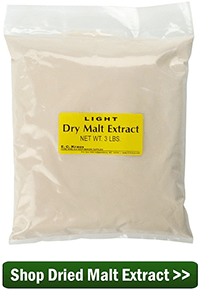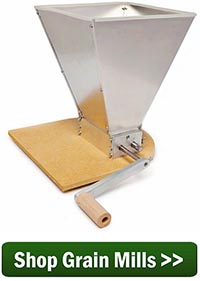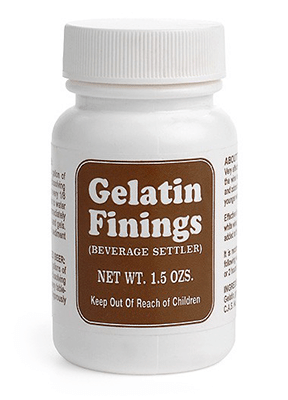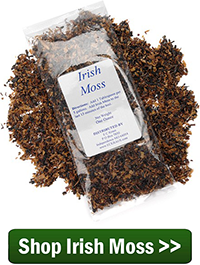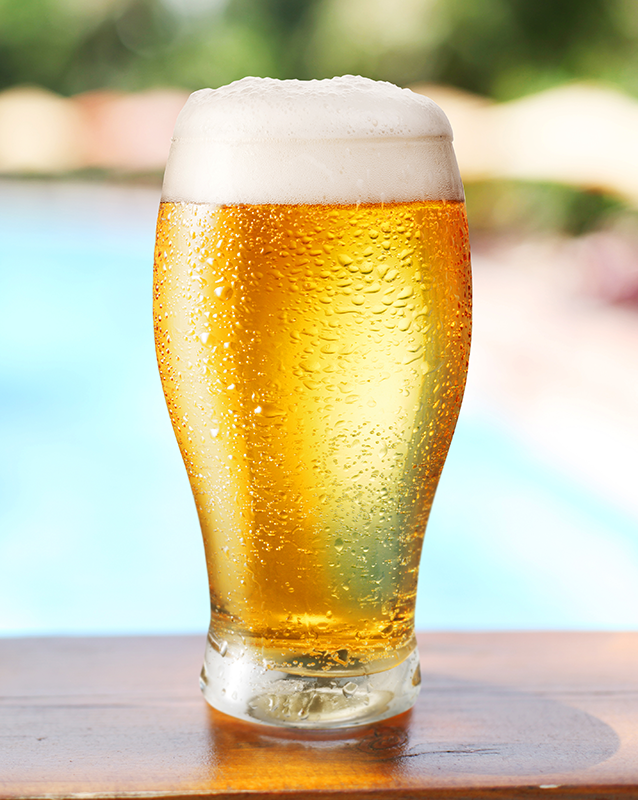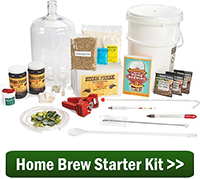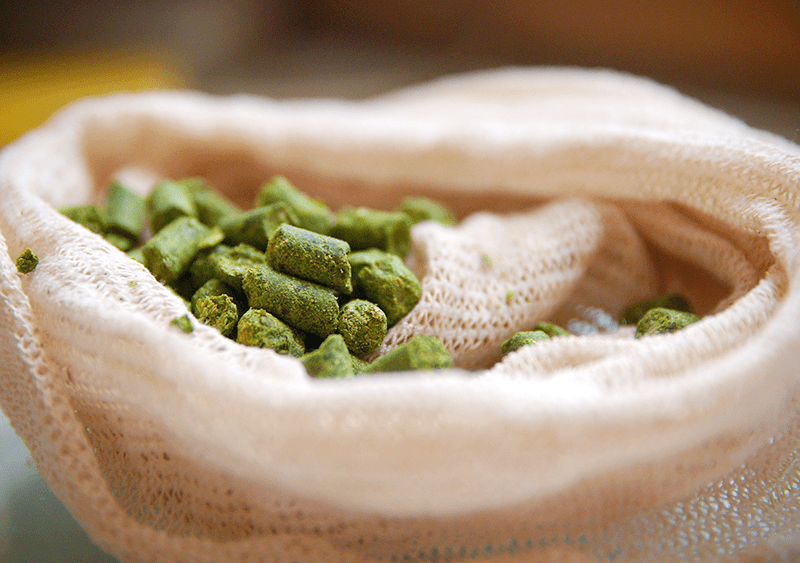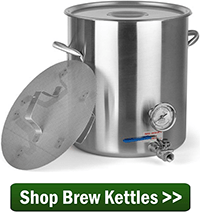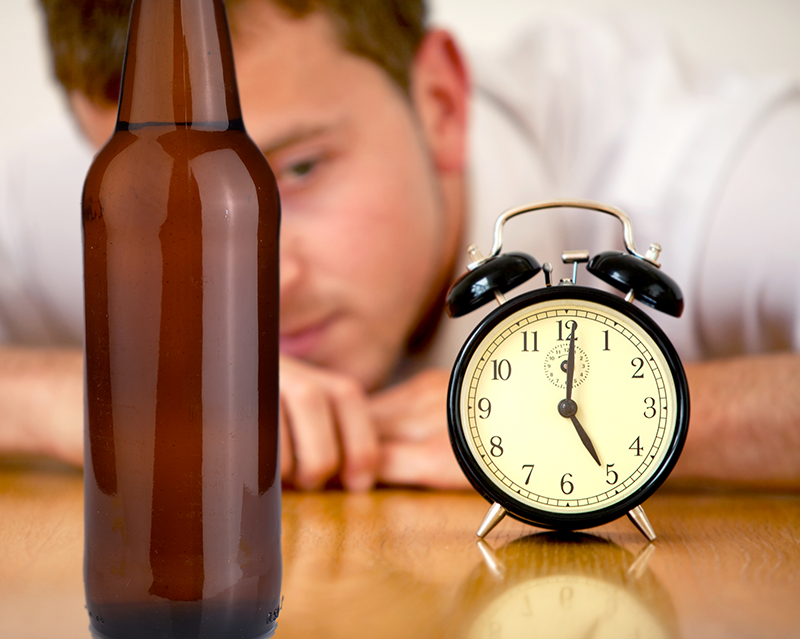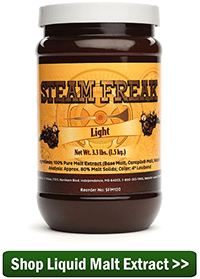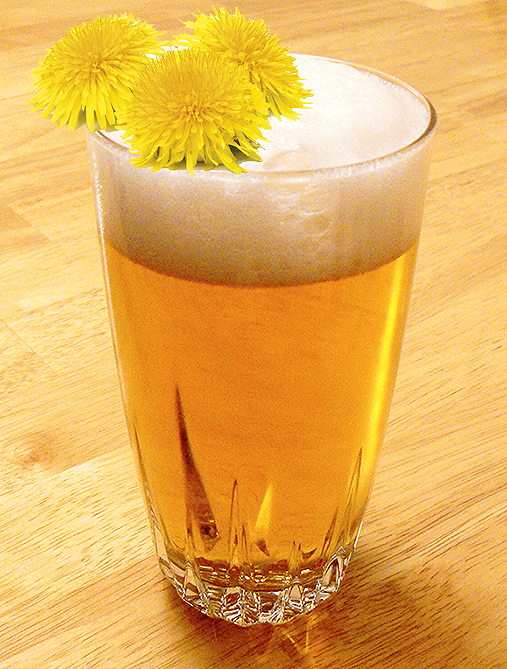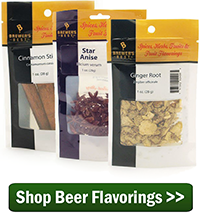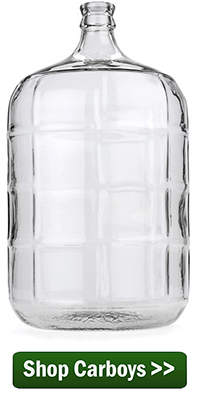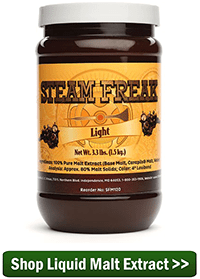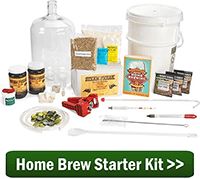 Though pilsners originated in what is now the Czech Republic in 1842, very pale lagers quickly spread from Bohemia throughout Germany and other parts of Europe. These golden lagers are dry and bitter, featuring pilsner malt and a distinct note of noble hops.
Though pilsners originated in what is now the Czech Republic in 1842, very pale lagers quickly spread from Bohemia throughout Germany and other parts of Europe. These golden lagers are dry and bitter, featuring pilsner malt and a distinct note of noble hops.
Most German pilsner beer recipes fall in the ballpark of 4.5-5.2% alcohol by volume. Bitterness can range a good amount, anywhere from the mid-twenties to the mid-forties in IBUs. The color of the German pilsner is very pale or golden, and it should be clear. Carbonation is fairly strong, producing a solid white head of foam on top of the beer.
A German pilsner is a great beer for someone who enjoys hops. It’s not uncommon for this style of beer to push 40 IBUs. Whatever you do, when making your own be sure to use German or Bohemian noble hops, such as Saaz, Tettnang, and Hallertau. Noticeable hop flavor and aroma are considered authentic in a German pilsner.
To brew a German pilsner beer recipe, you will need temperature-controlled fermentation space. A standard lager fermentation starts at 40-50˚F, with a secondary fermentation period as low as freezing. Brewing a lager also requires patience, as the lagering period can take two months or more.
And yet German pilsner are well worth the wait: light on the palate, yet assertively hoppy, a great beer for summer!
 To brew your own German pilsner beer recipe, consider the Steam Freak Atlantic Airship Pilsner recipe kit or try one of the beer recipes below!
To brew your own German pilsner beer recipe, consider the Steam Freak Atlantic Airship Pilsner recipe kit or try one of the beer recipes below!
German Pilsner Beer Recipe (Extract):
Polka Dot Pilsner, from Radical Brewing by Randy Mosher
(5-gallon batch)
Specs
OG: 1.046
FG: 1.012
ABV: 4.4%
IBUs: 40
SRM: 4
Ingredients
5.5 lbs. light dry malt extract (DME)
2.5 oz. Saaz hops at :60 (7.5 AAUs)
2.5 oz Saaz hops at :15 (7.5 AAUs)
1 oz. Saaz hops at flameout (3 AAUs)
Wyeast 2278: Czech Pilsner Yeast
Directions
Mix DME with 3 gallons of hot water and bring to a boil. Boil for 60 minutes, adding hops according to schedule. Whirlpool, chill wort, and transfer to a sanitized fermenter. Add enough pre-boiled, pre-chilled water to make five gallons. Mix well and pitch yeast. Ferment at 50˚F for 10-14 days. When most of the fermentation activity has stopped, transfer to a secondary fermenter. Lager at 35-40˚F for 6-8 weeks. Bottle or keg for 2.5 vols. CO2.
German Pilsner Beer Recipe (All-Grain):
Matt Welz’s German Pilsner, via Brew Your Own
(5-gallon batch)
Specs
OG: 1.050
FG: 1.009
ABV = 5.4%
IBUs: 30
SRM: 2.2
Ingredients
10 lbs. Pilsner malt
6.4 oz. Carapils malt
1.4 oz. Hallertauer hops at :60 (6 AAUs)
1 oz. Hallertauer hops at :15 (4.2 AAUs)
0.5 oz. Hallertauer hops at flameout (2.1 AAUs)
Wyeast 2278: Czech Pilsner Yeast
Directions
Mash crushed grains for 90 minutes at 149°F. Boil for 90-minutes, adding hops according to schedule. Whirlpool, chill wort, and transfer to a clean, sanitized fermenter. Ferment at 50°F, increasing temperature to 60°F towards the end of primary fermentation. Transfer to a secondary fermenter and lager at 35-40˚F for 6-8 weeks. Bottle or keg for 2.5 vols. CO2.
—–
David Ackley is a beer writer, brewer, and self-described “craft beer crusader.” He holds a General Certificate in Brewing from the Institute of Brewing and Distilling and is founder and editor of the Local Beer Blog.

 One of my all-time favorite beers is Paulaner Hefe-Weizen. This Weissbier will always have a special place in my beer fridge as one of the first beers that got me drinking better beer.
One of my all-time favorite beers is Paulaner Hefe-Weizen. This Weissbier will always have a special place in my beer fridge as one of the first beers that got me drinking better beer.